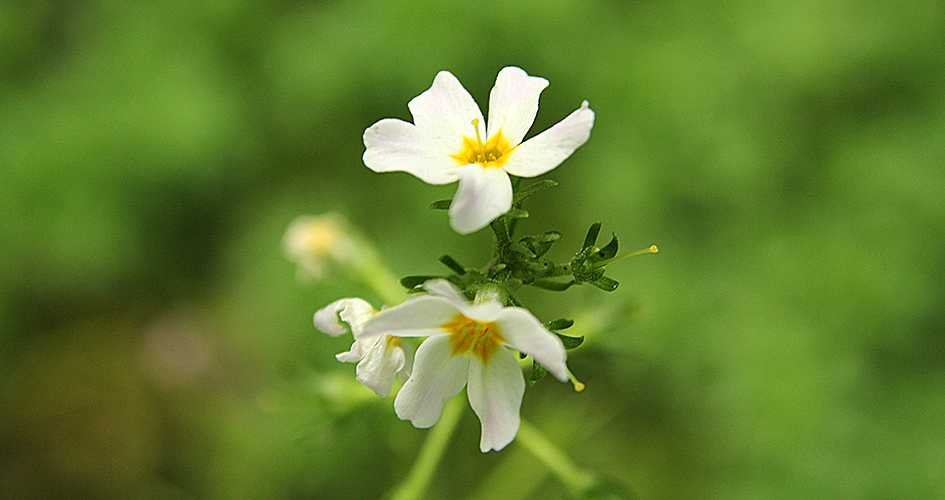 Foto: Peter Ståhl
Foto: Peter StåhlPlant life
On firm ground the coniferous forest is partly old growth, increasingly with natural forest characteristics, but a great many younger stands also occur.
The northern part of the park has more luxuriant forest vegetation, with notable elements of valuable deciduous trees, especially oak and lime trees.
Incomparable riverside meadows
Growing along many shores and on islands in the entire area are aspen forests as well as some birch and alder marshes that provide the expanses of water with a distinctive deciduous border. Swaths of grassland, so-called riverside meadows, cover other low-lying shores.
Extremely great variety of species
The national park’s multitude of different biotopes has given rise to an extremely great variety of species. One measure of this is the 170 plant and animal species in the area that are on Sweden’s Red List of endangered species. The many plants from different groups of species with special environmental requirements include bog violets, neckera moss and Persicaria foliosa. Among vascular plants, 270 species are represented, including some that have their northern border in the Lower Dalälven river. Examples of these are giant fescue, Solomon's seal, fen violet and black pea.
Likewise, red-listed lichen and fungi in the area number more than 60 species, among them wolf lichen, ring lichen, tree flute lichen, effervescent tarpaper lichen, blistered jelly lichen, Nadvornik's horsehair lichen, greasy bracket, Phlebia mellea, Skeletocutis odora and Junghuhnia collabens. The only known viable population of the flooded jellyskin lichen in the country exists at the Lower Dalälven river, including Färnebofjärden.
Share with your friends
Share this page with your friends on Facebook, X (formerly Twitter), Google+ and e-mail.





